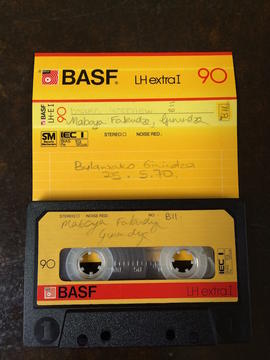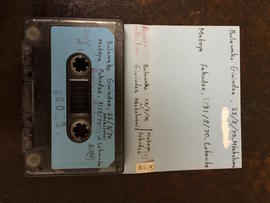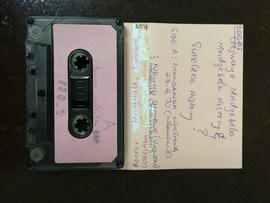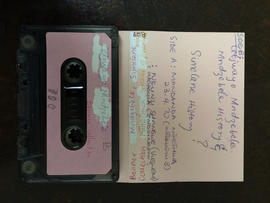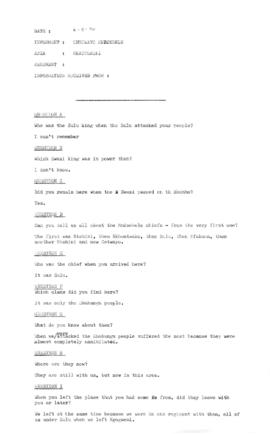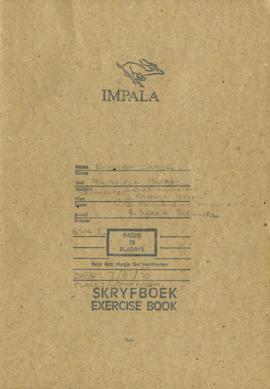[Source - Chloe Rushovich for FHYA using Wits materials, 2017: In 1970, Philip Bonner recorded a series of interviews, as a part of his doctoral research at the School of Oriental and African Studies at the University of London, under the supervision of Professor Shula Marks. Bonner’s work constitutes the earliest independent investigation of Swazi oral traditions and is informed by a set of concerns very different from those of earlier researchers. Not only do his interviews focus on regional specificities, but they address a set of issues shaped by the Africanist currents which influenced the writing of southern African history in Britain in the early 1970s. His work locating and recording local traditions served as a counter weight to the better-known royalist traditions. He also investigated Swazi oral traditions as much for what they could reveal about the Swazi interaction with the broader context of southern Africa as for what they say about internal Swazi relations. His research formed the basis of his thesis, as well as the book he subsequently published in 1983. In 1985, a selection of Bonner’s recordings was transcribed and translated in Swaziland by a number of students or graduates from the University of Swaziland working with Carolyn Hamilton. This process took place at the Swazi National Archives. In 2014 the Five Hundred Year Archive commissioned Patricia Liebetrau, a metadata librarian who had worked on the Digital Imaging South Africa project, to undertake the digitization of a selection of the transcripts from the recordings made by Bonner. The transcripts selected were those for which a typed-up summary or typed edited typescript already existed. The rationale for this was that the typed version, unlike the handwritten versions could be subjected to optical character recognition and are thus searchable. The linked typed texts therefore act as a kind of index to the handwritten texts and the recorded audio. This selection of transcripts, as well as the already digitized audio, the rejected experimental edited typescripts, and associated materials such as collection boxes, index cards, folders, audio tape cassettes and case labels, and notebooks, formed the FHYA selection from the collection of Bonner recordings. The Bonner series is separated into ‘files’ named after each interlocutor.]

